Because of flooding on the Seine due to heavy rains the week before we arrived
we had to start our Seine trip at Conflans outside Paris but at the end of the
trip it hadn't rained so the river had subsided and we were able to sail into
Paris.
Rouen - The city of Rouen marks the halfway point between
Paris and the sea. Its graceful skyline hides marvelous treasures that reflect a
history rich in classic French legends. The capital of upper Normandy and the
region's largest city (with about 500,000 inhabitants), Rouen was founded by
Romans as Rotomagus.
Christianity arrived in the 3rd century and grew to such importance that
the city became the seat of a bishopric. In 876, the region was invaded by the
Normans (from whom the province received its name); it became a subject of the
English crown after the Norman Conquest of England in 1066. In 1204, Philip II
Augustus of France captured the city, bringing an independent Normandy to a
close. The town prospered-despite some urban strife-thanks to river traffic and
trading.
During the dark days of the Hundred Years' War (1337-1453), Henry V of
England reclaimed Rouen and made it the capital of English-occupied France.
During the war, an unlikely young girl named Joan of Arc thought it her divine
duty to take back France from England. Not one to ignore guidance from God, she
came to lead an entire army. The Duke of Burgundy captured and imprisoned
her-then sold her to Henry V in Rouen. She was held in a tower during a long
trial that condemned her for heresy. In May 1431, she was burned at the stake by
the English on the Place du Vieux-Marche'. The prison tower and the spot of her
execution still draw visitors.
Chateau Gaillard - High above Les Andelys-a charming
garrison town of half-timbered houses and narrow lanes-the once-mighty Chateau
Gaillard broods. The fortress dates back to 1196, the days when England ruled
Normandy.
Richard the Lionheart, who was simultaneously the King of
England and Duke of Normandy, wanted to block the King of France from getting to
Rouen by river. Richard's citadel, built in short order on a large budget in
just two years, had commanding views of water traffic coming from Paris. It was
a massive redoubt, one that even the brave King Philippe Auguste did not dare
attack. But after Richard's death, his successor King John was not so strong a
foe, and so Philippe sieged the castle as part of a services of battles that
brought Normandy back under the French flag. But the castle was not surrendered
easily. With French soldiers ravaging Les Andelys below, locals ascended the
hill and found refuge in a well-provisioned fortresss. This increased the number
of "residents" fivefold. Supplies dwindled until hundreds of the villagers were
evicted, only to face their deaths at French hands. The standoff could have
lasted longer were it not for a French soldier who found his way into the castle
through a latrine chute that led to the chapel. Several troops clambered in,
ambushed guards, and opened the drawbridge. Surrender came quickly. To this day,
Chateau Gaillard is considered one of the great castles of its time, even a
masterpiece. To many, this comes as no surprise, considering its chief engineer
was Richard the Lionheart.
D-Day Invasion Beaches of Gold, Juno, and Sword - Beach
code names are now famous the world over: U.S. troops landed on Utah and Omaha,
British, Canadian, and French soldiers targeted Gold, Juno, and Sword. For the
U.S., precise landing points were missed because of strong currents. This gave
troops at Utah and advantage as they inadvertently landed at a beachhead that
was lightly defended by the Germans.
Casualties among British and Canadian troops were also lighter than
expected. Americans landing at Omaha were not so fortunate; the beach had been
heavily fortified and pre-landing bombings did little to decrease the defensive
line. Despite heavy losses, and despite the fact that D-Day goals were not
achieved to their fullest (the original objective was to move in as far a Caen,
Bayeux, Isigny, and Carentan), Allies pushed German lines back over the next
several days. Allies crossed the Seine on the 19th of August, 11 weeks after
D-Day.
WWII Battle of the Pegasus Bridge and the Pegasus Bridge
Memorial
Caen and Bayeux - Bayeux is home to the Bayeux Tapestry. Once upon
a time in Bayeux, a Duke of Normandy wanted to become King of England.
Here is the history of William, Duke of Normandy's conquest of
England in 1066 on an almost 70 m long linen cloth.
The super 11th century production depicts more than 600 embroidered
people, 200 horses, forty or so ships and hundreds of animals and mythological
figures.
It's definitely worth the trip to see the unique medieval fresco,
full of twists and turns, spies and heroes, at Bayeux in the Tapestry Museum.
More than 900 years after it was created umpteen times hidden and saved from
destruction, the Bayeux Tapestry continues to tell its secrets.
The quite unique document, a master piece of the Middle Ages, is
listed in UNESCO's "Memory of the World" register.
Vernon - Vernon is a lovely, stroll able French town located
close to a forest of the same name. The first Duke of Normany, known as Rollo,
founded Vernon in the 9th Century. It later fell under the French during the
reign of Philippe-Auguste in the early 13th century. Today, it is a very
pleasant residential town of about 24,000 inhabitants. The ship docked close to
the town center, so the main sights are nearby. The modern bridge that crosses
the Seine at Vernon is a great place to see a panorama of the town and the
wooded hills beyond. Ruined piles of the old 12th-century bridge still lie along
the shore and the old towers of Castle Tourelles rise from the right riverbank.
In town, half-timbered houses mark your way. An especially attractive one is
next to the Notre Dame Church, a charming collegiate church from the 12th
century. The history of Vernon is preserved at the A.G. Poulain Museum.






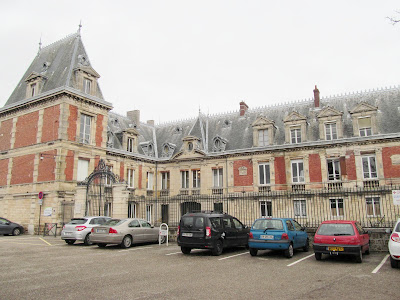




































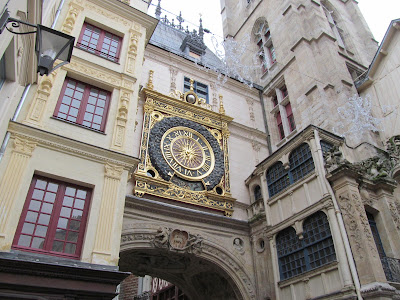
































































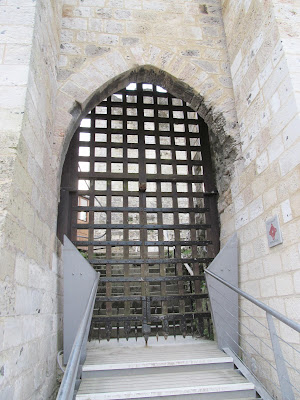




























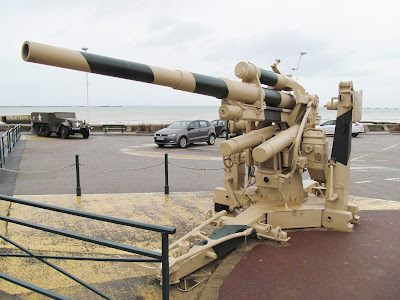































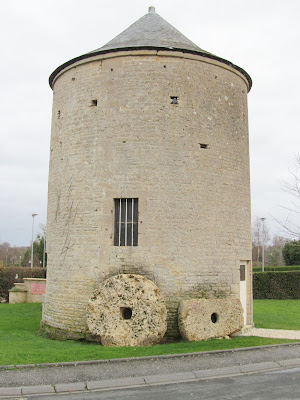




























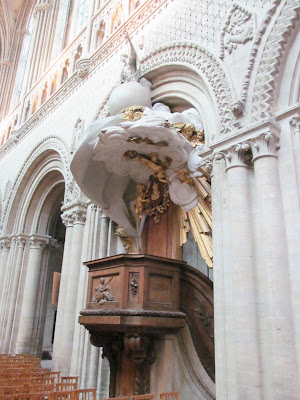















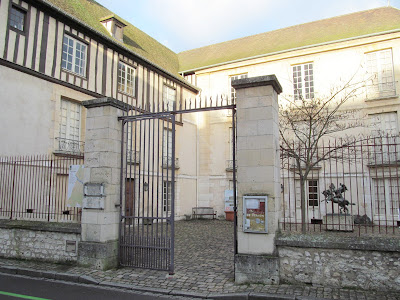









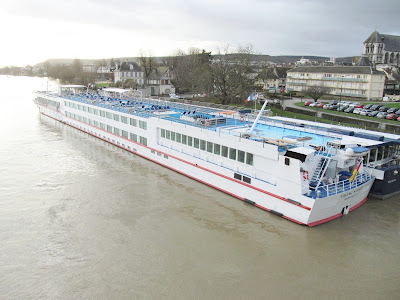


























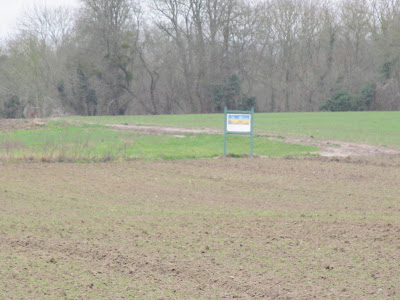









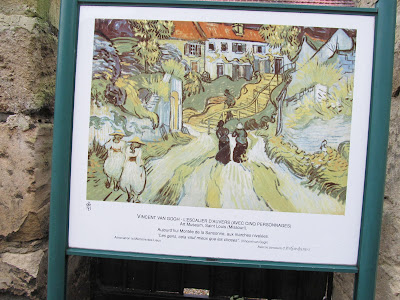




























No comments:
Post a Comment